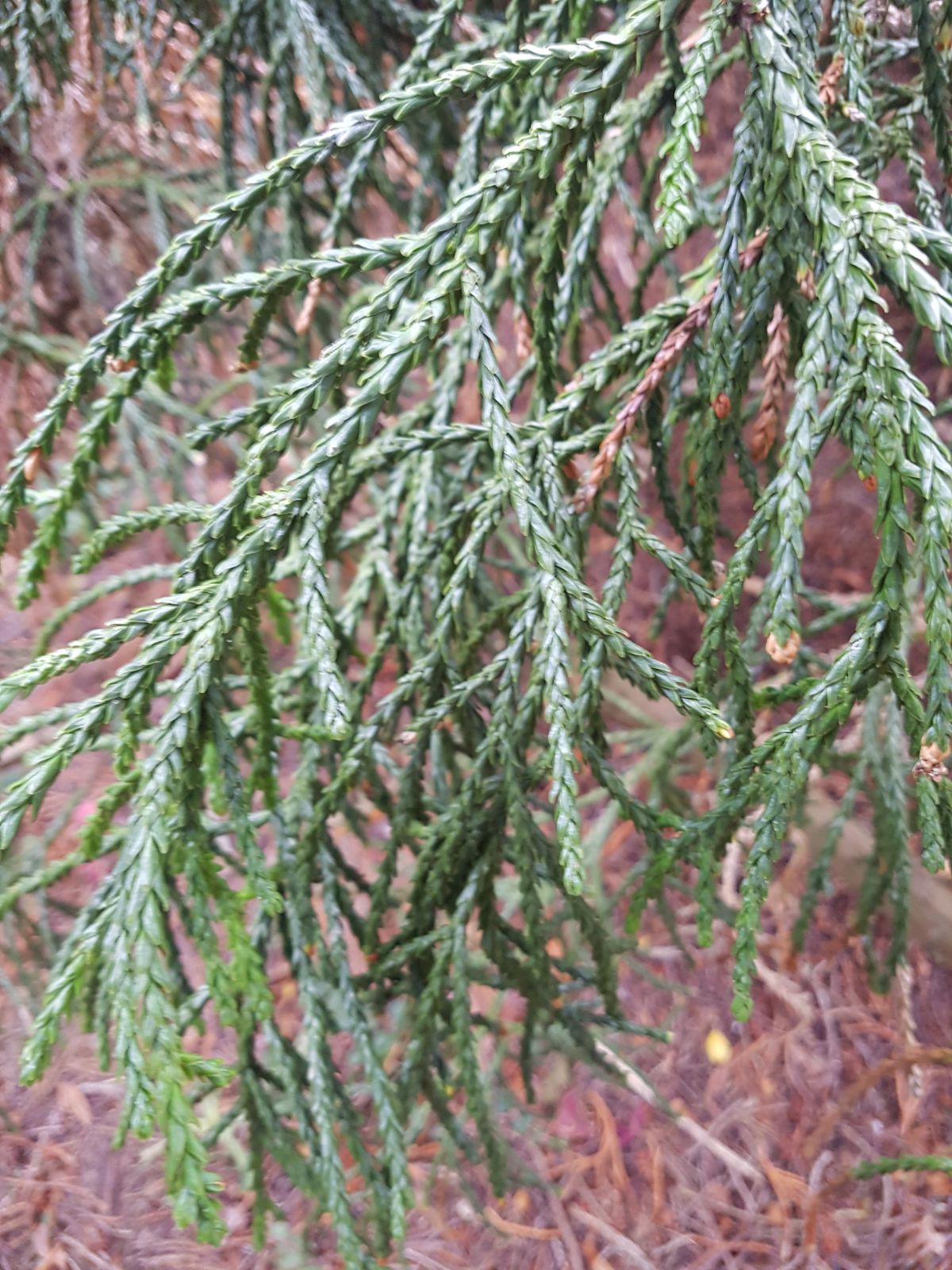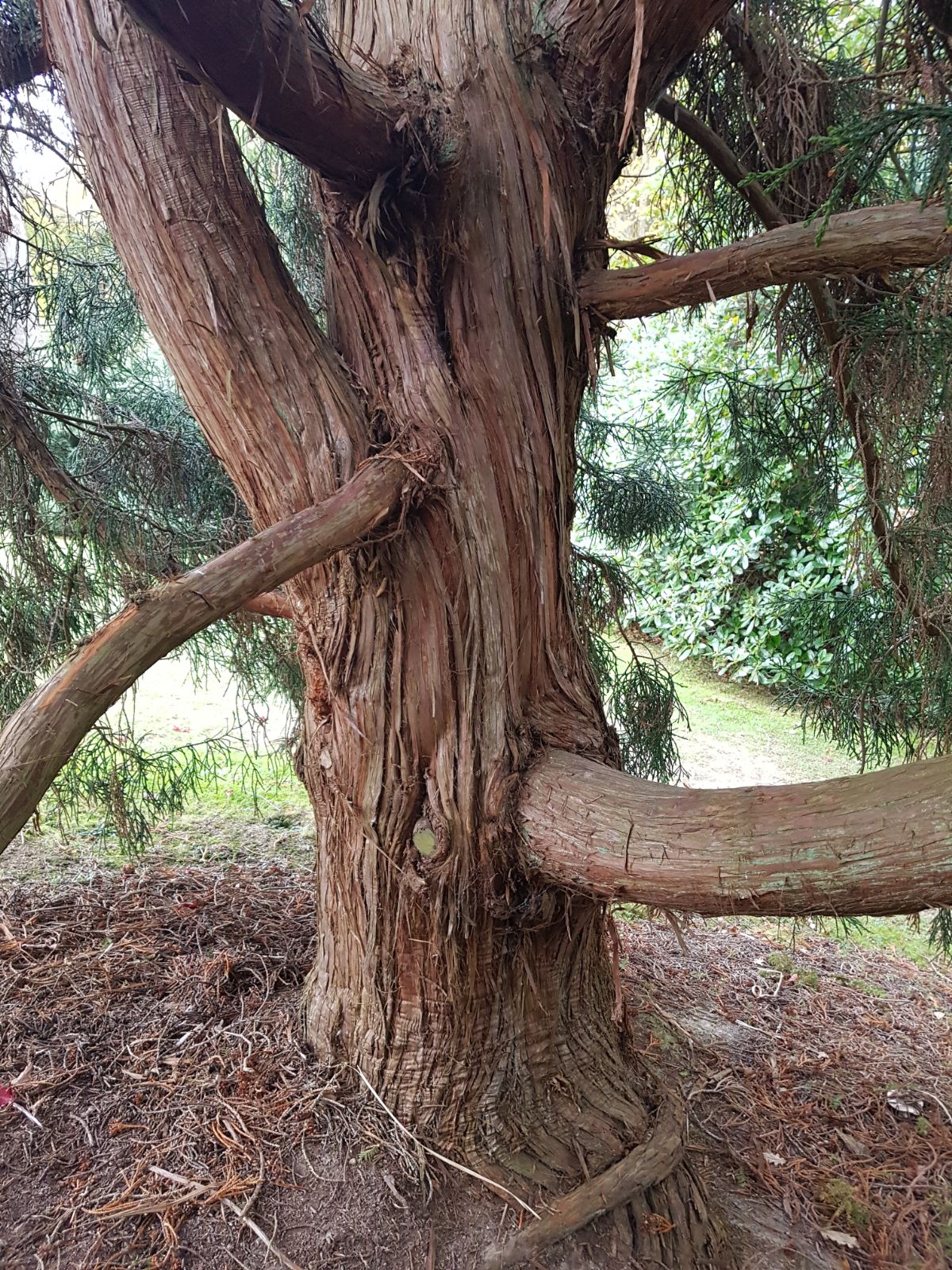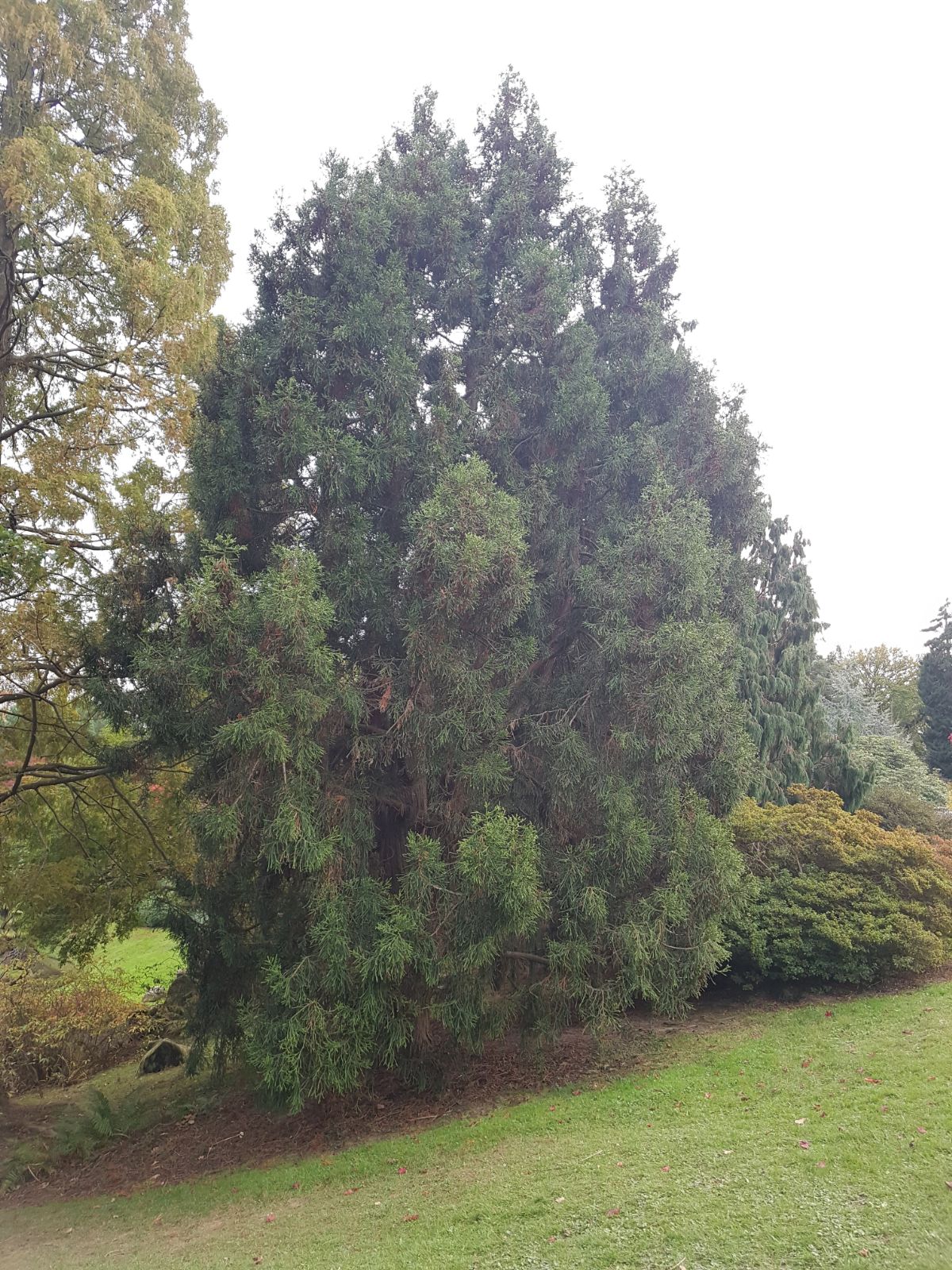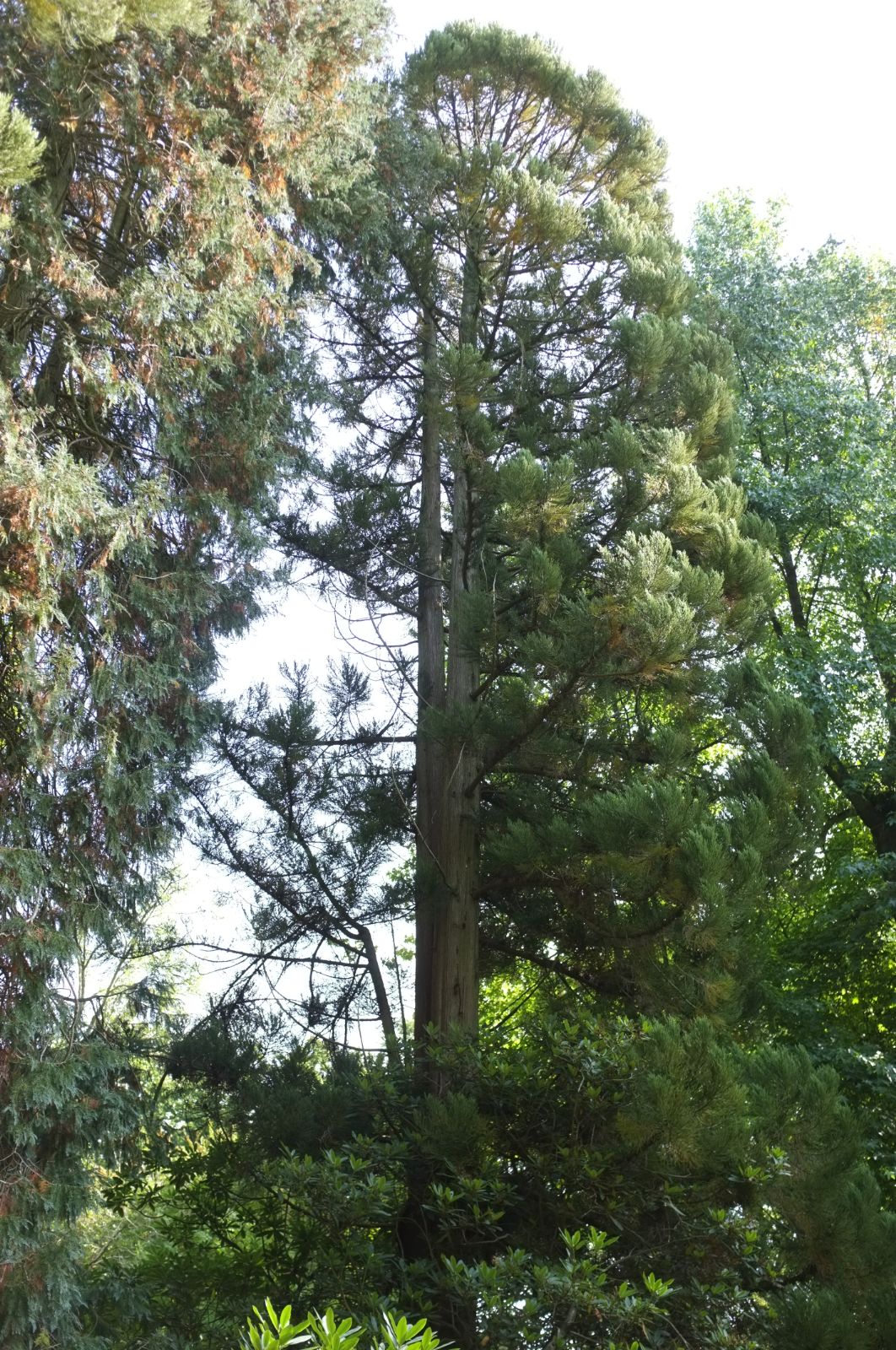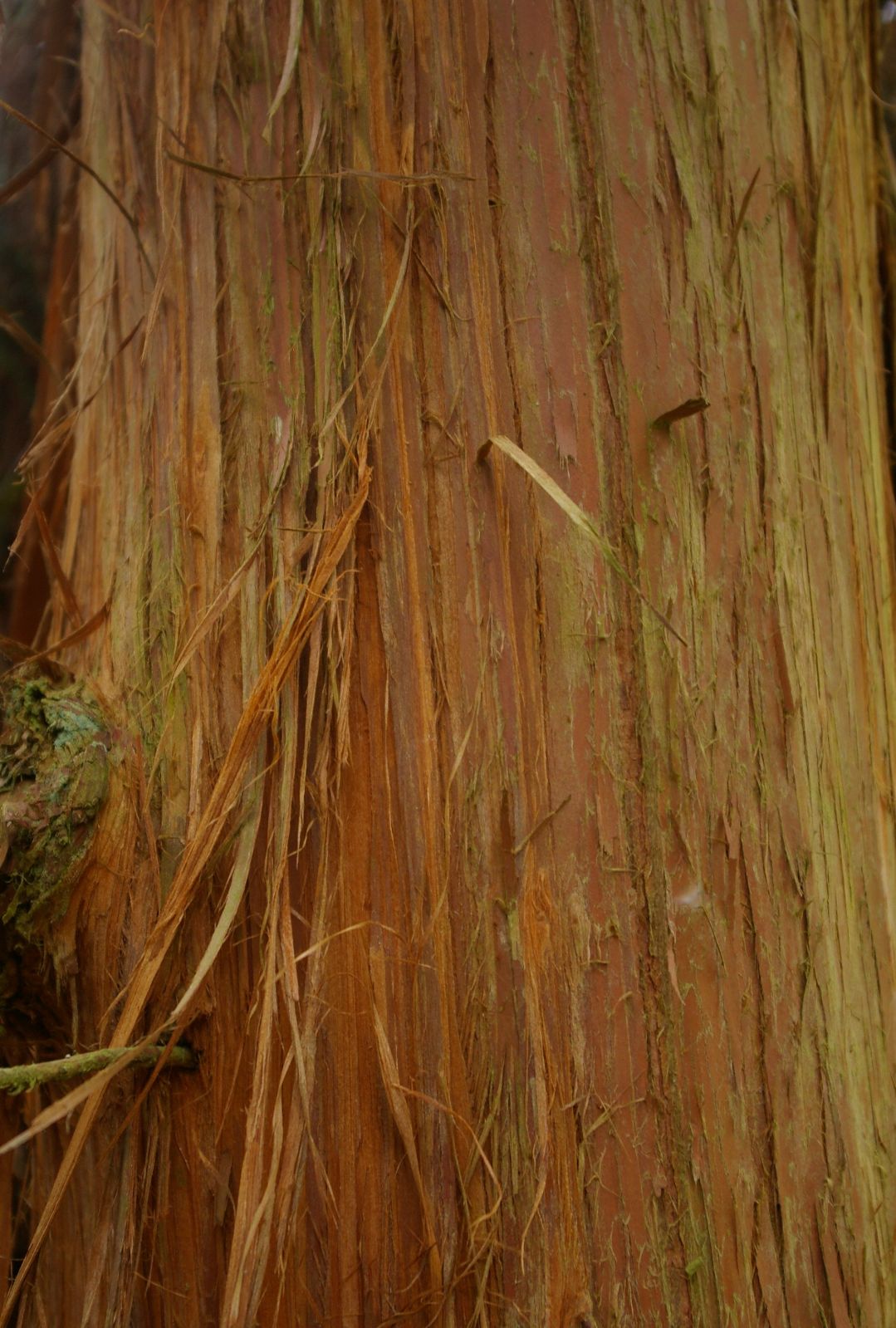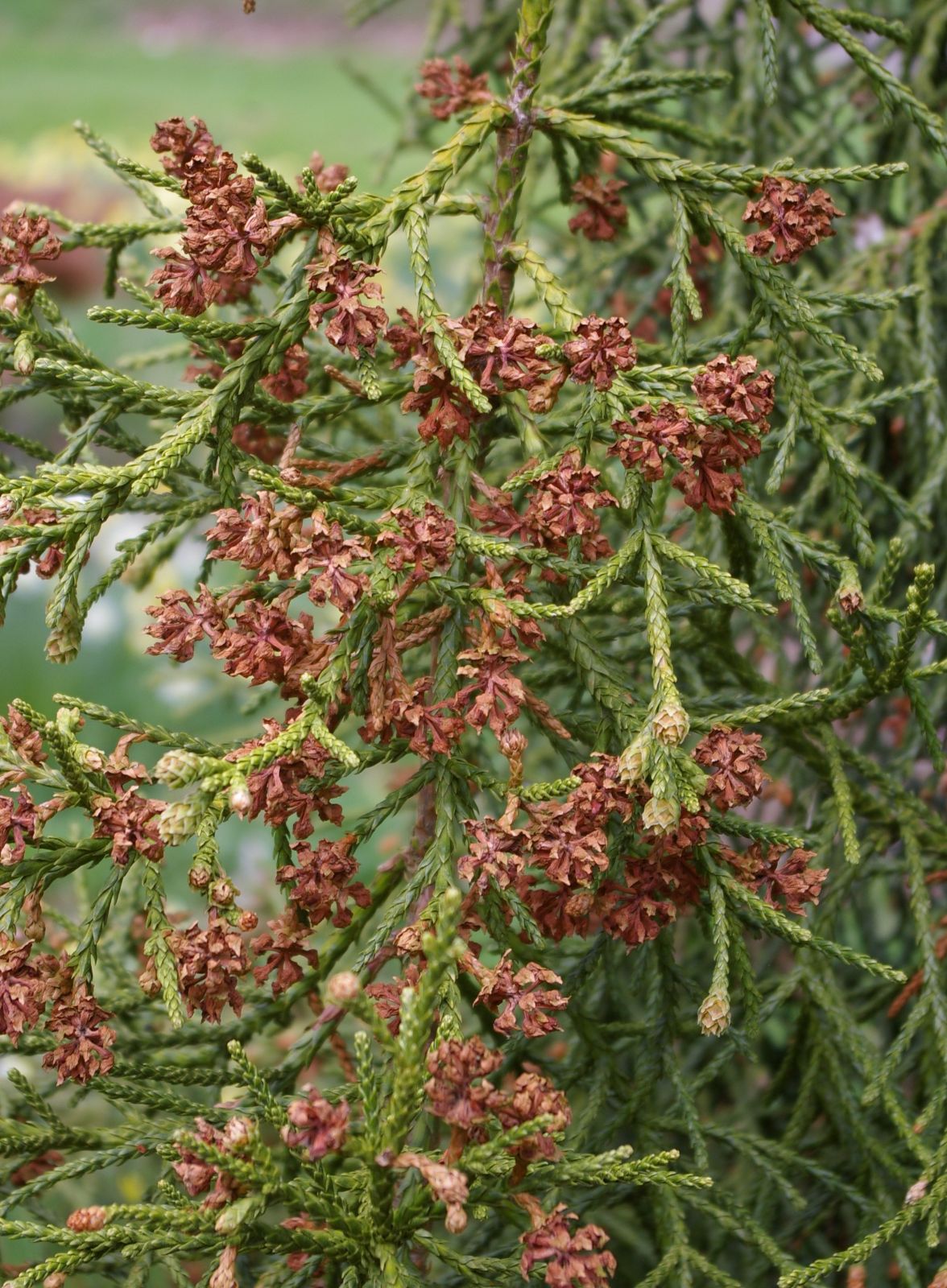Athrotaxis laxifolia
Credits
Article from Bean's Trees and Shrubs Hardy in the British Isles
Recommended citation
'Athrotaxis laxifolia' from the website Trees and Shrubs Online (treesandshrubsonline.
Genus
Synonyms
- A. doniana Gordon
This rather puzzling species is in many respects intermediate between the other two, but nearer to A. cupressoides. It is said to be rare in nature, occurring only as isolated trees near one or other of its two allies, but showing no sign of hybridity (Winifred Curtis, The Student’s Flora of Tasmania). It differs from A. cupressoides in the longer, much less appressed leaves, the points of which are sharp and incurved, but quite free. Branchlets round, slender, the final subdivisions (including the foliage) 1⁄6 in. wide (cf. A. selaginoides, in which they are much stouter); leaves 1⁄6 to 1⁄4 in. long, ovate-lanceolate, keeled and thickened down the middle, with a sharp, rather hook-like point, inner surface with bands of stomata on each side the midrib. Cones about 3⁄5 in. wide; scales with a thin, acuminate process on the back near the apex.
A. laxifolia is the commonest of the three species in cultivation and has thrived the best, many specimens exceeding the maximum height of 40 ft said to be attained by wild trees. The following list is restricted to examples of 40 ft or above in height: Scorrier House, Cornwall, 63 × 71⁄2 ft (1965); Tregrehan, Cornwall, 55 × 23⁄4 ft (1965); Trevarrick Hall, Cornwall, 50 × 51⁄4 ft (1965); Trewidden, Cornwall, 45 × 41⁄4 ft (1959); Lynhales, Heref., 41 × 5 ft (1961); Grayswood Hill, Surrey, 40 × 21⁄2 ft (1955). In Ireland the only example above 40 ft so far recorded is at Kilmacurragh, Co. Wicklow, 50 ft high, on two stems, 6 and 5 ft in girth (1966).
From the Supplement (Vol. V)
specimens: Lynhales, Heref., 42 × 51⁄2 ft (1975); Tregrehan, Cornwall, 56 × 31⁄4 ft (1979); Scorrier House, Cornwall, 59 × 81⁄4 ft (1979); Bodnant, Gwyn., 49 × 31⁄2 ft (1981); Benmore, Argyll, 41 × 41⁄4 ft (1983); Crathes Castle, Angus, 33 × 23⁄4 ft (1981); Kilmacurragh, Co. Wicklow, Eire, 59 × 61⁄4 + 51⁄2 ft (1980).

